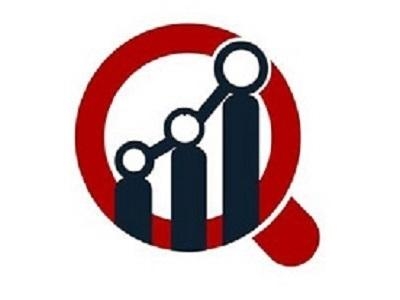Marine Diesel and Hybrid Propulsion Plants: Innovation in Ship Power Solutions

Marine Diesel and Hybrid Propulsion Plants - Diesel-hybrid propulsion plants deliver fuel efficiency, power flexibility, and compliance with environmental regulations.
For decades, the standard marine power plant has been the diesel engine, whether a massive two-stroke low-speed engine for a bulk carrier or a four-stroke medium-speed engine for a cruise ship. This conventional power train operates by directly coupling the engine to the propeller shaft (direct drive) or through a gearbox, with separate diesel generators providing auxiliary electrical power. The key advantages of traditional diesel plants are their proven reliability, global supply chain for fuel (HFO/MDO), and relatively low initial capital cost.
However, the traditional diesel plant's simplicity is its major drawback in the face of environmental regulations and volatile fuel prices. Operating characteristics, particularly at low-load conditions, result in high fuel consumption per unit of power and increased emissions. This is where hybrid propulsion plants have emerged as the intermediate and most commercially viable solution for many vessel classes today.
A hybrid system generally incorporates an Energy Storage System (ESS), typically a large battery bank, alongside the conventional diesel generators. The hybrid architecture can take several forms, but the core principle is using the batteries to allow the diesel engines to run only at their most fuel-efficient load points (often 70-85% load), even when the vessel's power demand fluctuates. The battery system performs peak shaving (supplying bursts of power during high-demand moments like maneuvering) and spinning reserve (providing instant back-up power), allowing the diesel engines to be downsized and run more optimally, or even shut off entirely during port stays or low-speed transits. This "smart load management" significantly reduces overall fuel consumption, lowers maintenance costs due to less engine wear and tear, and cuts down on localized emissions.
The complexity of the hybrid system lies in the need for sophisticated Power Management Systems (PMS), which electronically control the power flow between the generators, batteries, thrusters, and main switchboard. While the initial capital investment for a hybrid plant is higher due to the batteries and complex electrical infrastructure, the lifecycle savings in fuel and maintenance costs often lead to a favorable return on investment, making it a critical bridge technology to future all-electric or zero-emission vessels.
Marine Diesel and Hybrid Propulsion Plants FAQs
What is the primary benefit of a hybrid system over a conventional diesel system? The main benefit is fuel optimization and peak shaving. The battery allows the diesel generators to run consistently at their most efficient load, rather than fluctuating with the ship's demand, which saves fuel, reduces maintenance cycles, and lowers emissions compared to running a traditional diesel engine at partial or widely variable loads.
Can a hybrid system power a vessel with batteries alone? Yes, for limited periods. The system is designed to allow for zero-emission operations (like silently maneuvering in a harbor, which is sometimes regulatory requirement) on battery power alone, but the primary power source for long-distance travel remains the diesel-generator set. The all-electric range is determined by the size of the battery bank relative to the vessel's power demand.
What are the main drawbacks of installing a hybrid propulsion system? The primary drawbacks are high initial capital expenditure for the battery banks, switchboards, and power management software, as well as the need for specialized crew training to safely operate and maintain a high-voltage electrical and battery system. Furthermore, fire safety protocols for large-scale marine battery installations add complexity.




